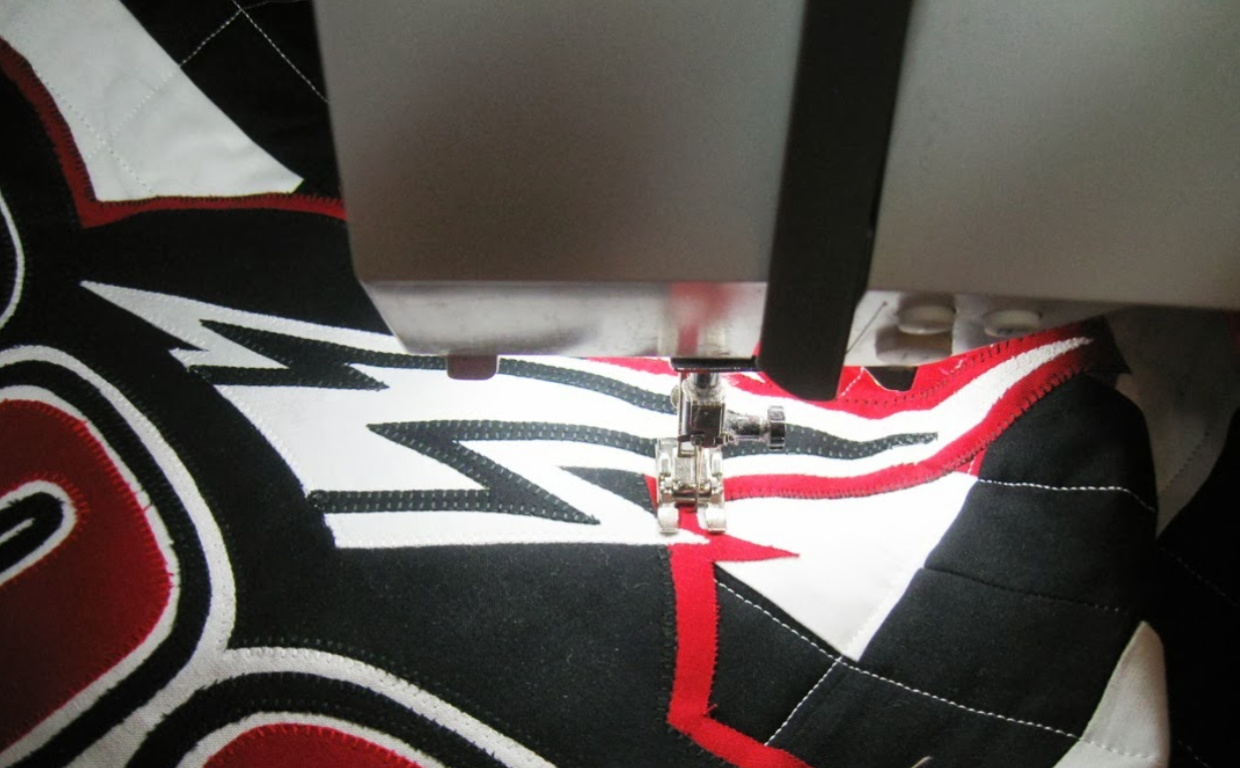Chenille applique adds texture and prestige to garments, but digitizing it incorrectly can ruin the final result. At Mahi Digitizing, we specialize in precision embroidery digitizing and know exactly how to avoid common pitfalls that impact quality, consistency, and longevity.
Ignoring Fabric and Stitch Compatibility
Not every fabric supports the bold, textured nature of chenille stitching. Thin or stretchy fabrics may pucker or distort under the dense looped stitches used in chenille.
When digitizers fail to consider the material’s behavior, the final design may shift, warp, or become uncomfortable for wear.
Proper backing, stitch density, and tension settings must all align with the fabric to ensure stability during and after embroidery.
Choosing the right fabric and adjusting your digitizing technique accordingly ensures smooth stitching and long-lasting performance.
At Mahi Digitizing, we tailor each design to suit the target material for optimal output.
Overcomplicating the Design
Chenille thrives on simplicity. Trying to convert intricate logos or detailed illustrations into chenille applique often leads to cluttered, unreadable embroidery.
Small text, fine lines, and excessive elements don’t translate well to thick yarn-based stitches. They lose clarity and can bleed into surrounding fabric areas.
Simplified shapes with bold outlines offer the best visual impact and maintain the raised texture that chenille is known for.
When needed, combining flat embroidery with chenille can enhance detail without overloading the design.
Our digitizing experts help you refine complex artwork into bold, stitch-friendly forms that retain brand identity.
Improper Layering and Stitch Order
One of the most technical challenges in chenille digitizing is getting the stitch sequence right. Incorrect layering can cause thread overlap, distortion, or gaps in coverage.
For example, starting with fill areas before borders often leads to edges misaligning or looking sloppy. Proper sequencing is essential for clean overlaps and edge integrity.
Digitizers must ensure that underlays, loop stitches, and finishing borders are ordered strategically to produce a polished result.
This also prevents bunching, uneven surfaces, or visible mistakes during the stitch-out process.
We use tested techniques at Mahi Digitizing to preserve alignment and ensure that each layer enhances the one beneath it.
Skipping Test Runs and Quality Checks
Even experienced digitizers can make small errors that don’t show up until production. Skipping test samples can lead to major production delays and wasted materials.
Test runs help catch issues such as spacing errors, misaligned layers, or inconsistent loop density before full production begins.
Adjustments at the test stage help fine-tune stitch paths and ensure that the final version meets both visual and structural standards.
We always recommend a test sew before large runs, especially with chenille’s unique yarn behavior and bulk.
At Mahi Digitizing, our process includes thorough testing to guarantee flawless results every time.
Misjudging Scale and Spacing
Chenille embroidery relies heavily on space to let the texture breathe. Designs that are too dense or tightly packed result in messy, hard-to-read patches.
Overlapping elements and small negative space can cause looped yarn to pile up or blend unintentionally.
Digitizing files must account for adequate spacing between elements, especially in lettering, to keep the design clean and distinct.
Scaling also plays a big role. Enlarging a poor-quality file may not improve visibility—it can exaggerate flaws if spacing wasn’t addressed early.
We evaluate every file for spacing accuracy and adjust stitch width to maintain legibility and structure at all sizes.
Common Mistakes to Watch Out For
- Too much detail: Chenille can’t replicate intricate features well.
- No border stitching: Lack of borders causes fraying or unclean finishes.
- Wrong yarn thickness: Using overly thick or thin yarn can affect the fluffiness and balance.
- Poor anchoring: Without solid underlay stitching, loops may come loose over time.
- Improper file format: Low-res or raster files make vector conversion harder and less accurate.
Being aware of these issues helps avoid setbacks and ensures your chenille embroidery maintains its quality.
Why Partner with a Digitizing Expert?
Chenille applique digitizing is an art that requires experience, technical skill, and attention to detail. One wrong layer or stitch angle can compromise the design’s entire structure.
Professionals like our team at Mahi Digitizing bring years of experience, premium tools, and industry-standard processes to every file we produce.
We consult with you on design goals, material compatibility, and stitch preference to build production-ready digitized files.
Instead of risking quality with trial-and-error, let us handle the complex digitizing while you focus on creative output and branding.
Explore our Chenille Digitizing Services to get started with high-performance files tailored to your needs.
Get Flawless Chenille Results with Mahi Digitizing
By avoiding the common mistakes outlined above, your chenille applique designs will stitch cleanly, hold their texture, and deliver the bold visual appeal they’re known for.
From material preparation to stitch sequencing and border control, every detail matters in this specialized style of embroidery.
At Mahi Digitizing, we offer tailored solutions that guarantee performance across all garments and materials.
Request a free quote today or contact our team to fix digitizing problems before they happen.
Let’s create clean, raised chenille embroidery that represents your brand with pride and precision.

